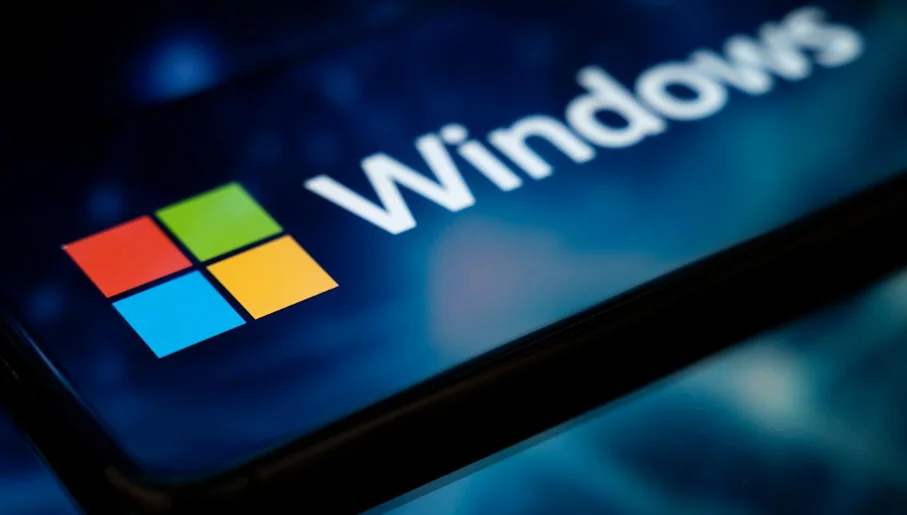If you’re still running Windows 10, there’s some big news: as of October 14, 2025, Microsoft has officially moved the beloved operating system into its “end of life” phase. That means your PC will continue to work, but you’ll no longer receive critical security updates, leaving it vulnerable to new threats over time.
However, there’s good news: you can keep your Windows 10 PC secure for another year, for free, by enrolling in Microsoft’s Extended Security Updates (ESU) program. Here’s everything you need to know about how it works and how to set it up.
What End of Support Means for Windows 10
Microsoft’s end of support for Windows 10 means:
- No more regular security updates or bug fixes.
- No technical assistance from Microsoft.
- A higher risk of malware, ransomware, and data breaches.
You now have three main options:
- Upgrade to Windows 11 (free if your PC is compatible).
- Buy a new PC that comes with Windows 11 pre-installed.
- Stay on Windows 10 and enroll in the Extended Security Updates (ESU) program for another year of protection.
The third option is the focus here and while Microsoft initially suggested ESU would cost around $30 per year, there’s now a free path for many users, especially in the United States and Europe.
How to Get One Extra Year of Windows 10 Security Updates for Free
Step 1: Make Sure Your PC Is Up to Date
Go to Settings > System > About and check your current Windows version. If you’re behind, install all pending Windows 10 updates before proceeding.
Step 2: Use an Administrator Account
Ensure you’re signed into the administrator account on your PC. You can verify this by going to Settings > Your Info, you should see “Administrator” under your account name.
Step 3: Check If Your PC Is Eligible for Windows 11
In Settings > Update & Security, see if your computer offers the option to upgrade to Windows 11. If it does, it’s best to upgrade now, it’s free and keeps your system fully supported. If not, continue to the next step.
Step 4: Enroll in Extended Security Updates (ESU)
From the same Update & Security menu, click the “Enroll Now” link under Extended Security Updates. Follow the on-screen prompts to sign up.
If your PC qualifies, you’ll see a message that says:
“Add this device to receive Extended Security Updates.”
Click Add Device, then Done.
Step 5: Choose Your Enrollment Method
You’ll be prompted to back up your PC settings, this is required for the free ESU option. Here’s what to note:
- The first 5 GB of OneDrive backup is free.
- You can turn off unnecessary backup folders (Documents, Pictures, Videos) in Settings > OneDrive to stay within the free limit.
- Users in the U.S. must connect their Windows account to Microsoft’s cloud-based services (like OneDrive or Office 365) to qualify for the free ESU extension.
Once enrolled, your device will automatically download security patches for one more year, keeping your system protected through October 2026.
Why Microsoft Is Offering a Free Extension
While Microsoft’s focus has shifted entirely to Windows 11, millions of users — especially those with older PCs, remain on Windows 10. Offering a free ESU extension gives these users more time to transition while ensuring they stay protected from security vulnerabilities.
It’s also a goodwill gesture to maintain user trust, given the backlash against ending support for a system that still powers a large portion of global PCs.
Final Thoughts
Windows 10 may be officially retired, but that doesn’t mean your PC has to be left behind. With the Extended Security Updates program, you can enjoy another full year of safe, stable use, at no cost.
Just remember: after October 2026, Microsoft will permanently stop patching Windows 10, so it’s best to start planning your Windows 11 upgrade (or new hardware purchase) before then.

















